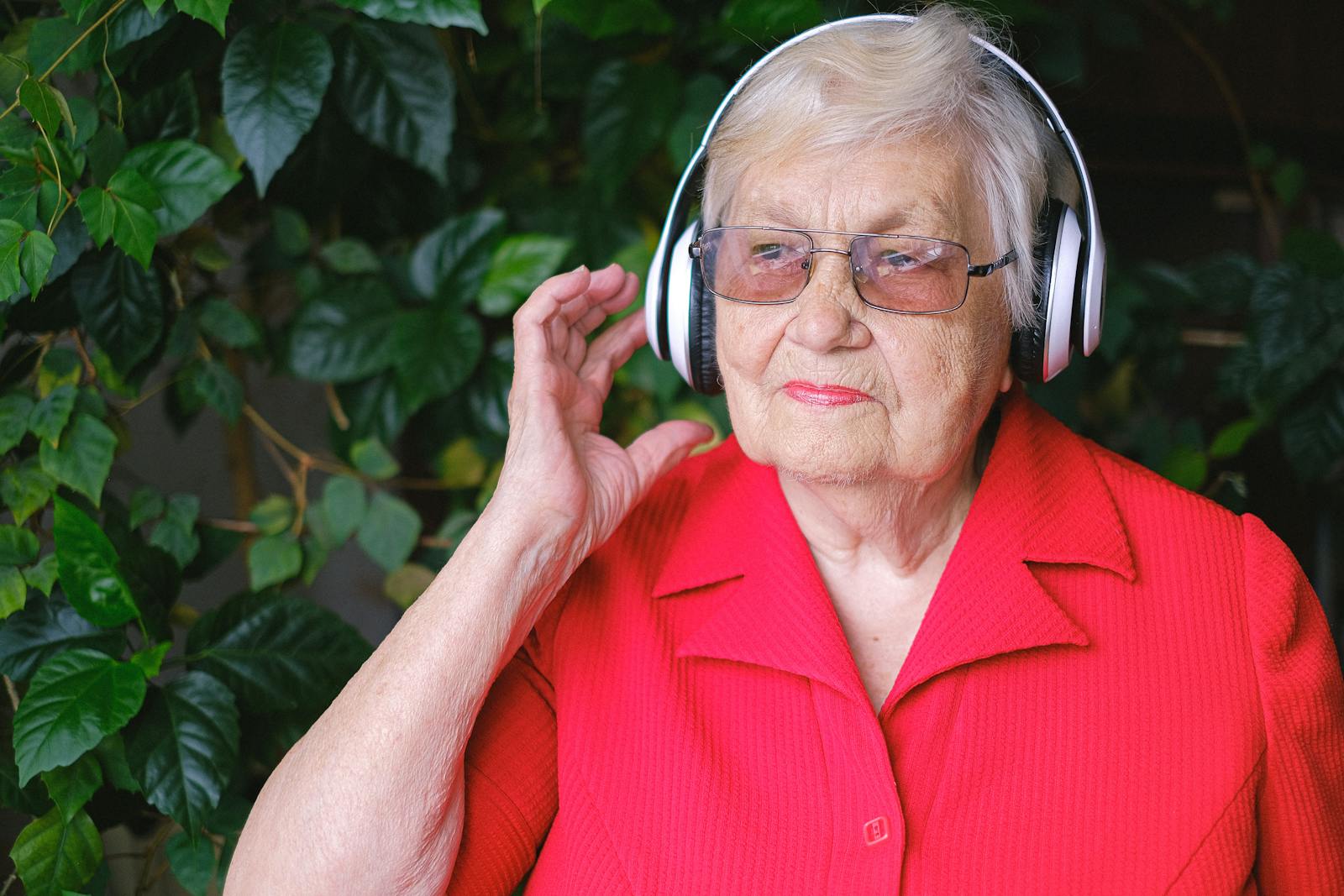By Danny Liang
When I returned to Canada after a summer working on several research projects at a hospital in Mbarara, Uganda, friends often asked me what surprised me the most about the health-care system there. Memories flashed before my eyes of having four sick children confined to a single bed; of four nurses caring for more than 100 patients on the ward; of infants dying from the complications of malaria; of families having to sell land so they could afford to buy the antiseptic solutions, antibiotics and gloves needed for their family member’s emergent surgery.
But none of these things were what surprised me the most. Instead, my mind keeps going back to the huge junkyard of broken donated medical devices at the back of the hospital, a scene that is the basis for one of the biggest lessons I have learned about global health.
During my first day at the Mbarara Regional Referral Hospital, I saw that the hospital lacked many basic medical devices necessary to provide care. I will always remember physicians having to prioritize which of the multiple hypoxic children in respiratory distress would receive oxygen from the single portable oxygen concentrator available in the department. The same scene repeated itself over and over again for other lifesaving equipment such as oxygen monitors, neonatal incubators and blood-pressure monitors.
As an engineer who has worked at several start-ups and larger medical device companies in Canada, I came to Uganda with the conviction that designing new medical devices using cutting-edge technologies tailored to the specific local needs would vastly improve patient care. I thought that the solution was better sensors, better power sources, better user interfaces and better designs.
After speaking with local physicians and engineers, however, I learned what is one of the root causes of the problem. After lunch one day, one of the local engineers took me to the back corner of the hospital, where a pile of more than 20 oxygen concentrators stood before me, along with hundreds of other rusted medical devices that would have met the hospital’s needs many times over had they been working.
“It is not that we do not have enough oxygen concentrators,” she told me. “It is that they are always donated from wealthy countries, and they always break after a month or so. And there is no way for us to fix them after they break.”
Examples of local innovations, including a oxygen delivery system that does not require power (left), locally made cardboard splints for fractures (right), underwater seal for chest tube made from household items
I soon learned that the vast majority of medical devices in low-resource settings such as Uganda are donated from developed countries, usually after they are deemed to be outdated or redundant for use in the donor hospital; roughly 70 per cent are chronically broken a few months after arrival. While the donors have good intentions, the simple fact is that there are no mechanisms, no spare parts, no manuals and no funding for repairing these devices. Patient care suffers as a result. In fact, a study has shown up to 24 per cent of deaths are related to the lack of functional basic medical devices.
Speaking with local physicians and engineers, we learned a better way forward. Our focus should instead be on empowering local innovators to design and scale medical innovations tailored to the specific needs of low-resource settings (such as inconsistent power supply, lack of trained personnel, lack of spare parts), rather than take what works in rich countries and ignorantly assume they will work in low-resource settings. Local Ugandan engineers came up with simple innovations as workarounds. In addition, we discovered that more than half of all broken medical devices could be repaired with basic off-the-shelf components; that building and empowering a local medical device repair shop would make a far greater difference than incessantly donating medical equipment.
While fixing broken donated medical devices is nowhere near as glamorous as designing a fancy new medical device or even donating used devices, it would save far more lives and be far more cost-effective. This is especially important in the COVID-19 era, given the increased demands for basic lifesaving equipment.
More importantly, the image of the junkyard made me realize that the most effective global health ideas are those found through first taking the time to fully understand the specific local needs and the root causes of problems on the ground, and consulting and empowering local innovators who are experts in their own health-care system through their lived experiences, rather than planned solutions from abroad.
In the words of a local physician, the key is to do “what is actually needed, not what is sexy.”
Cover Image: Junkyard of donated medical devices in Mbarara, Southwestern Uganda
![]()
—
This post was previously published on HEALTHYDEBATE.CA and is republished under a Creative Commons license.
***
You Might Also Like These From The Good Men Project
 Compliments Men Want to Hear More Often
Compliments Men Want to Hear More Often  Relationships Aren’t Easy, But They’re Worth It
Relationships Aren’t Easy, But They’re Worth It  The One Thing Men Want More Than Sex
The One Thing Men Want More Than Sex  ..A Man’s Kiss Tells You Everything
..A Man’s Kiss Tells You Everything Join The Good Men Project as a Premium Member today.
All Premium Members get to view The Good Men Project with NO ADS.
A $50 annual membership gives you an all access pass. You can be a part of every call, group, class and community.
A $25 annual membership gives you access to one class, one Social Interest group and our online communities.
A $12 annual membership gives you access to our Friday calls with the publisher, our online community.
Register New Account
Log in if you wish to renew an existing subscription.
Username
First Name
Last Name
Password
Password Again
Choose your subscription level
- Yearly - $50.00 - 1 Year
- Monthly - $6.99 - 1 Month
Credit / Debit Card PayPal Choose Your Payment Method
Auto Renew
Subscribe to The Good Men Project Daily Newsletter By completing this registration form, you are also agreeing to our Terms of Service which can be found here.Need more info? A complete list of benefits is here.
—
Photo credit: iStock.com
The post Health-Care Lessons From the Field: Think Bottom-up and Local, Not Sexy appeared first on The Good Men Project.
Original Article










